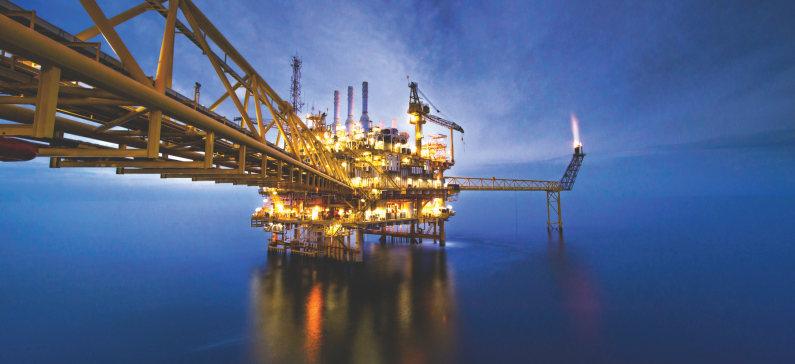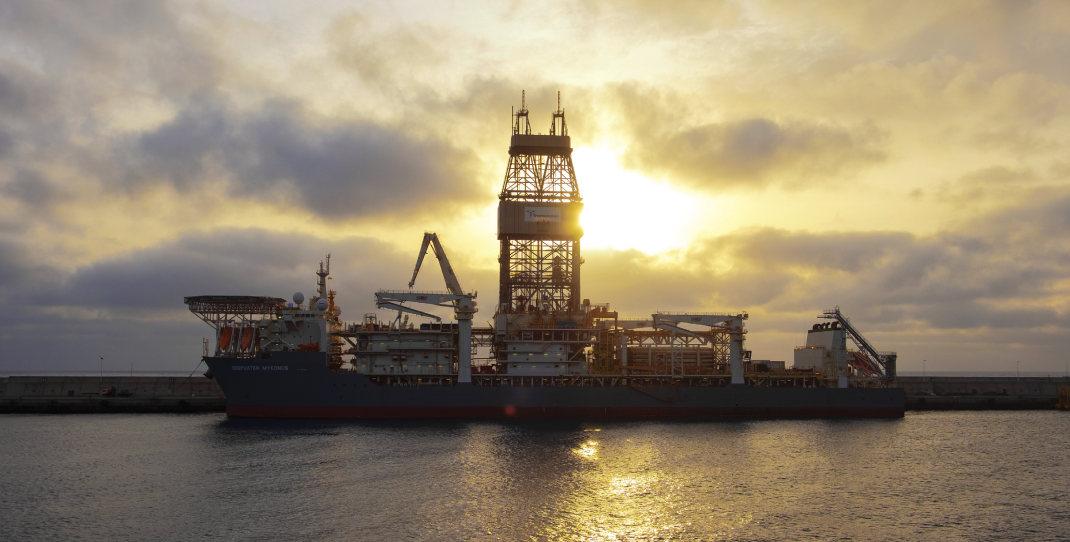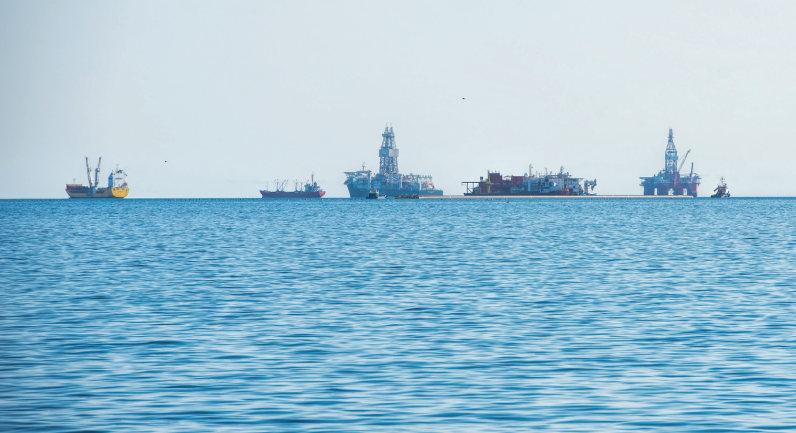
6 minute read
Nigeria
2020 – THE YEAR OF GAS FOR NIGERIA
Being especially sensitive to oil market trends, the oil price crash has reduced Nigeria’s external buffers as international reserves are relatively low. However, Nigeria’s natural gas sector shows great potential for creating new investment opportunities. Deblina Roy and Moin Siddiqi report.
NIGERIA, LIKE MOST hydrocarbon revenuedependent countries, is facing the heat of the many-pronged challenges due to the global pandemic and the subsequent massive fall in global demand. The oil price slump has slashed Nigeria’s general government revenue from an already low 8% of GDP in 2019 to a projected 5.3% in 2020, one of the lowest in the world.
The oil price crash has reduced external buffers as international reserves are relatively low, the exchange rate lacks flexibility and all major sources of private capital flows are volatile. The IMF in April 2020 approved US$3.4bn in emergency financial assistance to tackle the severe economic fallout of COVID-19 and the oil price slump.
However, even in this oncein-a-generation test for the oil and gas industry, Nigeria’s natural gas sector shows great potential for creating new investment opportunities, particularly due to ongoing power sector reforms and a stable gas export to the international market even during the COVID19. This is why Nigeria’s Minister of State for Petroleum Resources Timipre Sylva has declared 2020 as the year of gas for the nation, uncovering a promising area for investment.
Image Credit: Jan/Adobe Stock
The federal government has adopted many initiatives to position itself as a major gas hub. Stable gas exports during the pandemic According to the Department of Petroleum Resources (DPR), Nigeria holds more than 200 tcf of recoverable reserves – the largest on the continent – and produces 1.2 bcf per day. Nearly half of its production is exported, and Nigeria ranks as the fifth largest liquefied natural gas (LNG) exporter globally. Therefore, the federal government has adopted many initiatives to position the country as a major international player in the international gas market. These include the Nigerian Gas Master Plan, the Nigerian Gas Flare Commercialization Programme (NGFCP), the Nigerian Gas Transportation Network Code (NGTNC) and the National Gas Expansion Programme (NGEP), among others. Positioning Nigeria as a regional gas hub The Nigeria Gas Transportation Network Code is expected to deepen the growth of gas market in the country. Mr Sylva disclosed this at the virtual launch of The Go-Live of the Nigerian Gas Transportation Network code in August 2020. The minister said that following the declaration of 2020 as a year of gas, President Muhammadu Buhari’s administration was driving major policy and regulatory initiatives to enhance gas reserves growth and support domestic and export project, thus helping the sector achieve the presidential mandate of gas penetration, gas-based industrialisation and economic diversification. Sylva is optimistic about the programme’s success. He said, “In the coming months, this code together with related interventions, would enable improved gas supply to power, growth of gas-based industries, domestic LNG, LPG and CNG penetration, as well as enhance revenue to the government and create investment opportunities for our people.”
Gas projects The West African nation’s major gas development projects have demonstrated resilience to external market forces. Saipem, in a joint venture with Daewoo E&C Co Ltd and Chiyoda Corporation (SCD JV), has been awarded by Nigeria LNG (NLNG) Ltd the contracts for the engineering, procurement and construction of the Nigeria LNG Train 7 Project. The project is expected to contribute approximately eight MTPA of LNG capacity, increasing LNG output by 30%. The expected delivery of NLNG Train 7 is by 2024.
Other major developments include Seplat Petroleum and NNPC’s US$700mn Assa NorthOhaji South gas project. With a capacity of 300 mcf per day due to come online in 2021, the plant is set to process wet gas from Blocks 21 and 53 located in the Niger Delta. Shell Petroleum Development Company has also signed an agreement to produce an additional 300 mcf per day from the field.
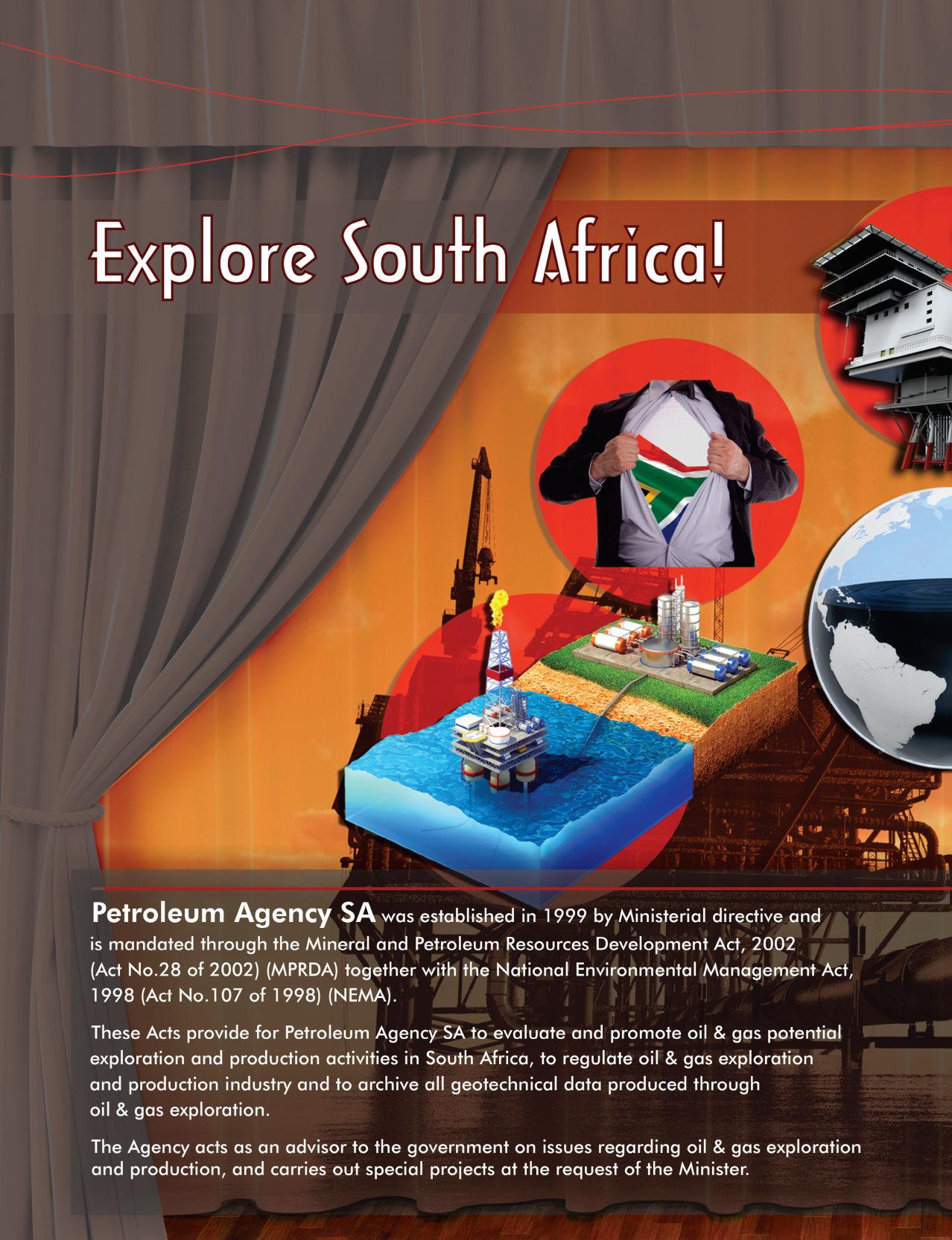
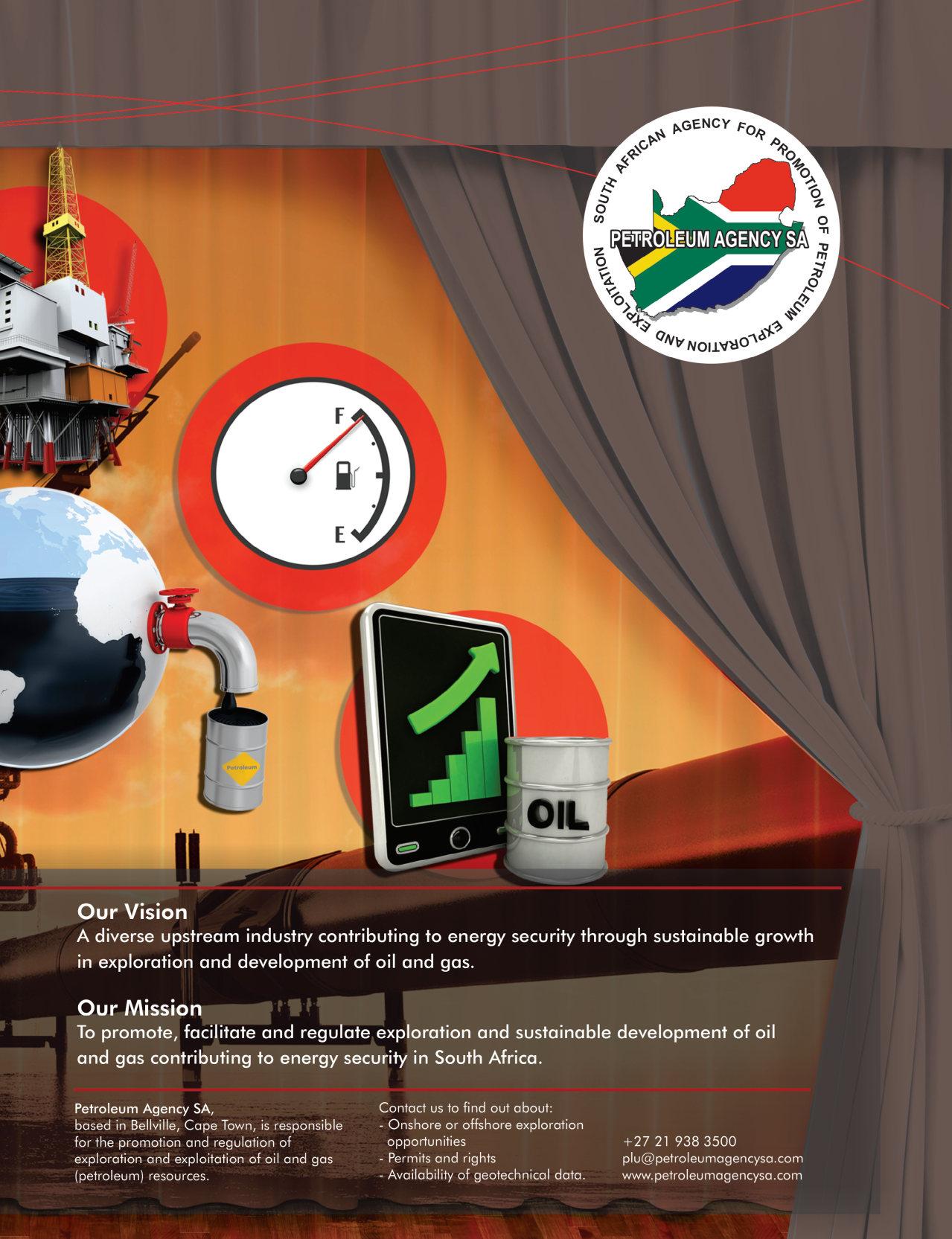
from an asset is essential for all operators throughout the life of any project, upstream or downstream; fractional savings in the energy sector can equate to millions of dollars.
For an industry already highly data dependent – where even pipelines communicate feedback to data centres on a 24/7 basis –this is good news in terms of asset optimisation.
And the COVID-19 outbreak appears to have only accelerated the role that technology plays in this modern-day ‘smart’ oilfield.
Chevron, for instance, is working with industry partners Schlumberger and Microsoft to deploy optimised technology looking to speed up data processing, creating new opportunities to identify savings and efficiencies across an entire project or site. The benefits on a new field development could include accelerating time to get the first oil.
Microsoft’s multi cloud specialist, Dizando Norton, said at a recent virtual industry event that there are a number of such transformative projects now underway across southern and eastern Africa.
“These projects are supported namely by Microsoft’s enabling cloud services allowing customers to increase efficiency while reducing operational costs.”
The virtual event –Leveraging the Power of Technology for Oilfield Optimisation – examined how digital applications are capable of uniting real-time data with advanced analytics to improve decision-making and boost efficiency and sustainability on the ground.
This, ultimately, has a big payoff when it comes to asset optimisation.
According to Vaseem Khan, global vice-president digital, analytics and innovation and chief innovation officer at engineering giant McDermott, as oil companies face up to profitability squeezes, digitalisation and optimisation of assets have emerged as principal cost-cutting measures.
“Technology is an enabler for sub-Saharan Africa to become more competitive and become one of the most prominent producing areas globally.”
Asset optimisation is also a means to maintain the integrity of equipment, and underpin reliable performance over a long duration.
In one project, following a government regulation regarding In the post-COVID-19 era, industry will see a greater take-up of solutions and technologies to improve asset
IS ‘SMART’ OILFIELD ON THE GO?


When times are tough, asset optimisation is a priority for a profitable oilfield. Martin Clark reports.
GETTING THE MOST
performance. well maintenance, Microsoft implemented a real-time monitoring solution to proactively detect corrosion –ultimately reducing corrosion by up to 46%, thus avoiding a potential ‘plug & abandon’ further down the road.
Again, these small gains can equate to many millions of dollars in terms of lost downtime or lost production in a real-world oilfield setting.
The consequences and benefits at the continent’s mega projects are simply vast.
Baker Hughes, for example, has an agreement in place for its asset performance management software to support the Nigeria LNG project on Bonny Island, Africa’s single-biggest energy scheme.
Asset optimisation was here to stay anyway. Now, in the era of COVID-19, industry is all set to see an ever greater take-up of related solutions and technologies to improve asset performance.


